A photo-essay by Michael Phillipson LG
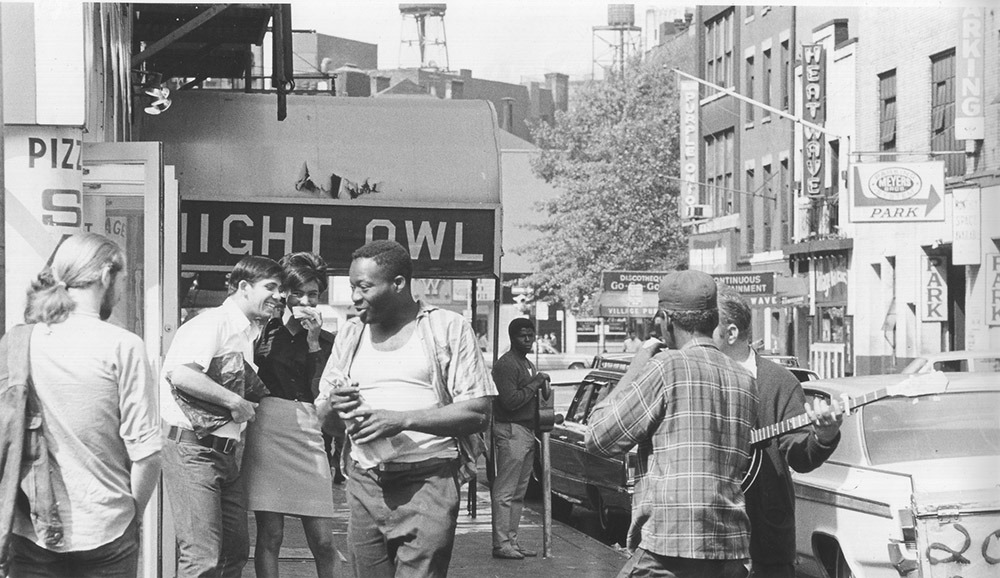
A possible thought: might every city’s streets constitute a performance that ceaselessly displays its own unacknowledgeable unique unconscious? Perhaps the routine uncountable constituents of this performance – street life’s repetitive particulars of all-encasing moving sounds, sights, smells, expansions-contractions – form a felt measureless mass from which suggestive tinctures could be instantly extracted (courtesy of the camera) to give a flavour, a re-sounding memorial, of…er…er…
…well…I taught summer schools at New York University’s Queens College in the July and August of both ’68 and ’69 while staying in apartments (vacated for the summer by those able to escape Manhattan’s sweltering humidity) close to Greenwich Village. Fortunately the teaching gave me enough time to not only explore the city’s ‘high’ culture (the Met, the Guggenheim, the Museum of Modern Art, the Whitney…) but to street-wander with my Canon 7 analogue camera (now long since redundant) and, in the evenings, to sample its wonderful jazz musicians.
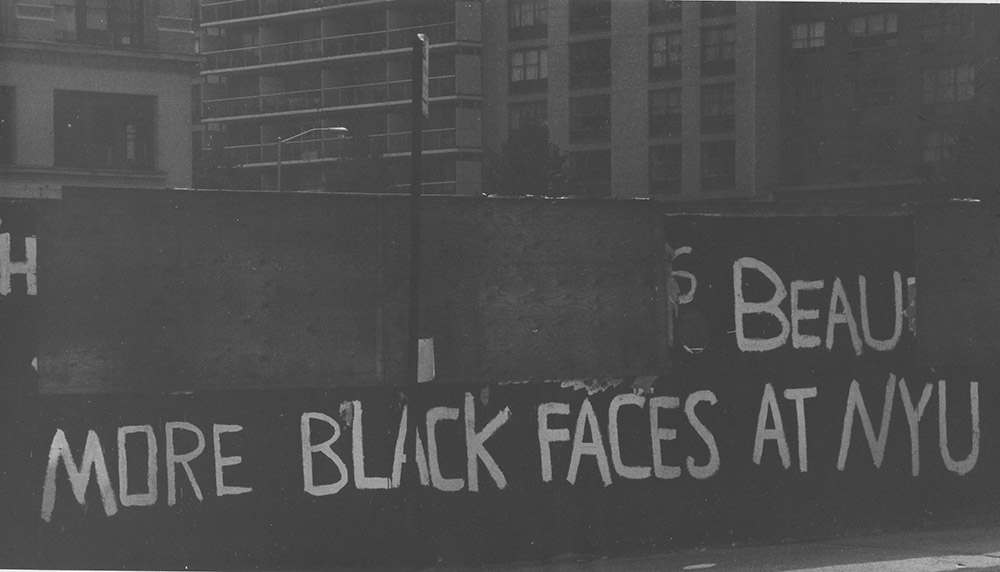
But context, as ever, is crucial as a reminder of the ‘outside’ that, in those far-off days, inevitably permeated the ‘inside’ of New York’s already long term multi-racial streets. De jure de-segregation had only recently been nationally enforceable in the U.S.A. via the Civil Rights, Voting, and Housing Acts of ’64, ’65, and ’68. John Coltrane had died in ’67. Martin Luther King was assassinated in April, ’68. The U.S.A only began a serious withdrawal from Vietnam in ’72. And the Woodstock Festival attracted its record audience of 400,000 (without me…) in that very summer of ’68. In ’69, I was ‘lucky’ enough to watch in a luxury apartment on upper Park Avenue (not mine!) the U.S.A. land men on the moon. The saxophonist Zoot Sims had remarked pithily “America’s put a man on the moon and I’m still playing ‘Indiana’”. ‘Indiana’, whose harmonic sequence remains a long-time favourite of contemporary improvisers (not least Bird himself in his ‘Donna Lee’), was composed in 1917…
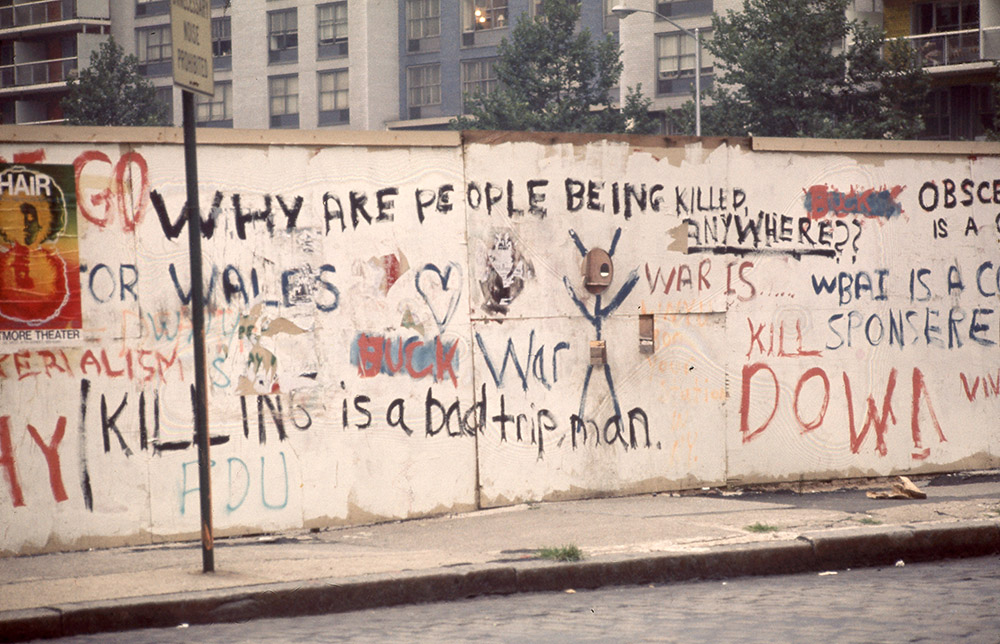
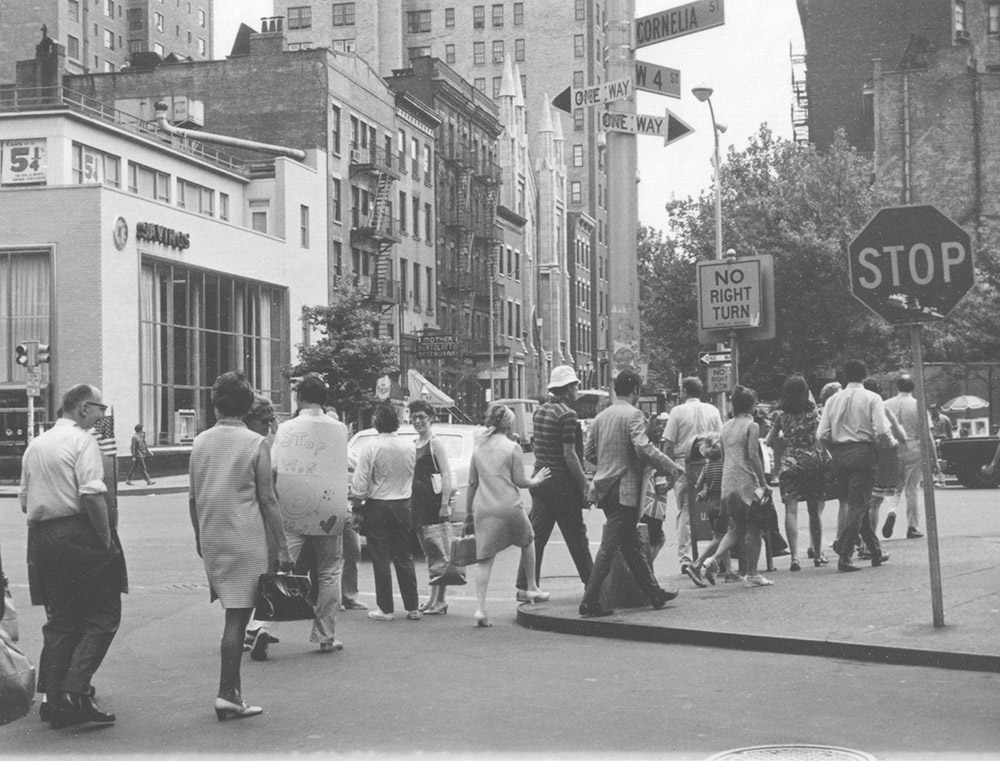
While skyscrapers might dominate the sky line, its street life was conditioned and shadowed by the vast array of buildings that characterised gridded Manhattan’s very different ‘zones’. From Louis Sullivan’s extraordinarily decorative pre-skyscraper high buildings to the multi-placarded faces of commercial districts (such as the Lower East Side’s Jewish clothing district) the architecture and its uses defined the ‘feel’ of pavement life. I took the photo of the Knish Bakery (it is still in business though with a very different frontage) after sampling one of its stodgy blueberry knishes (it was a dark day indeed…).
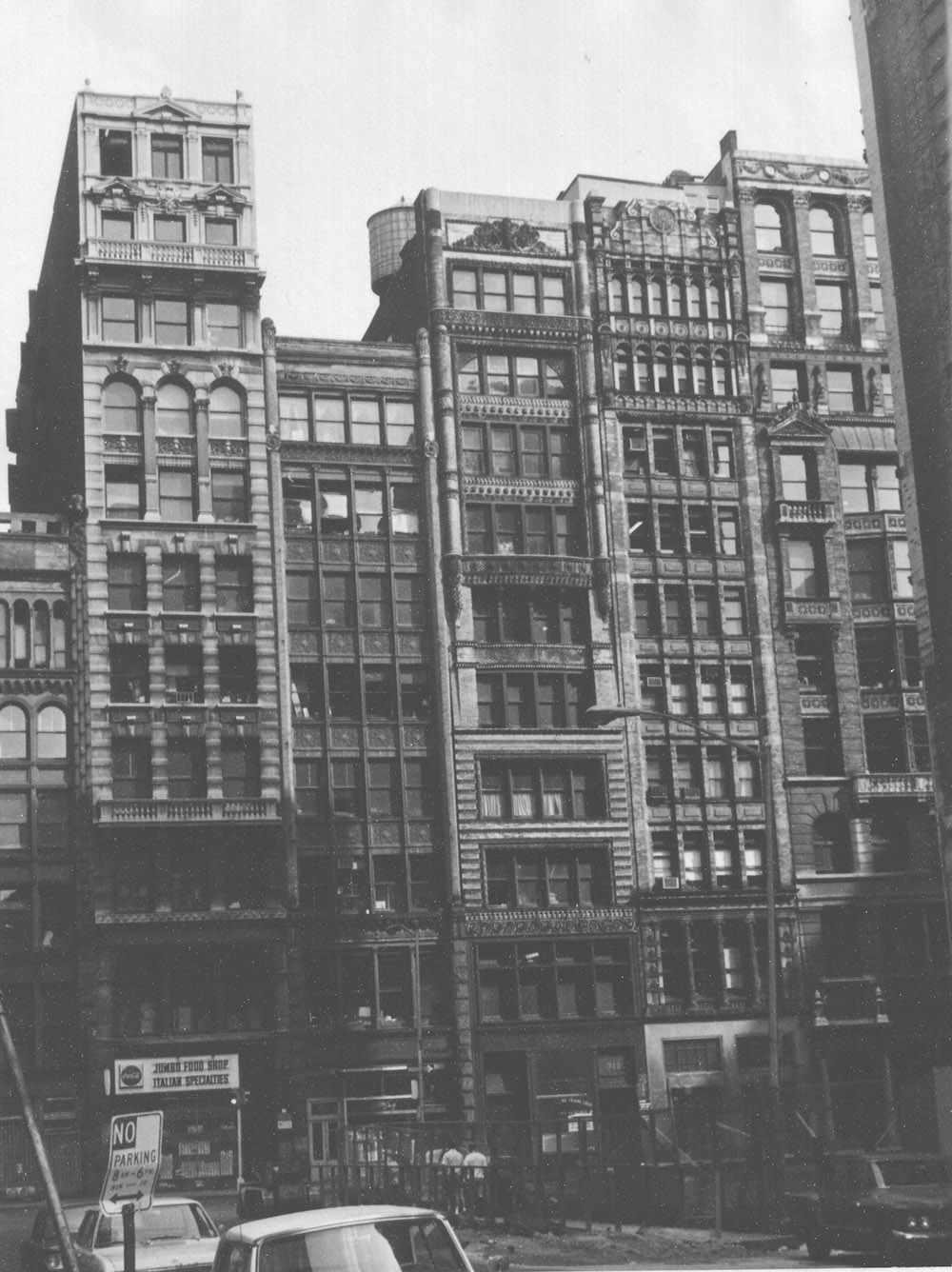

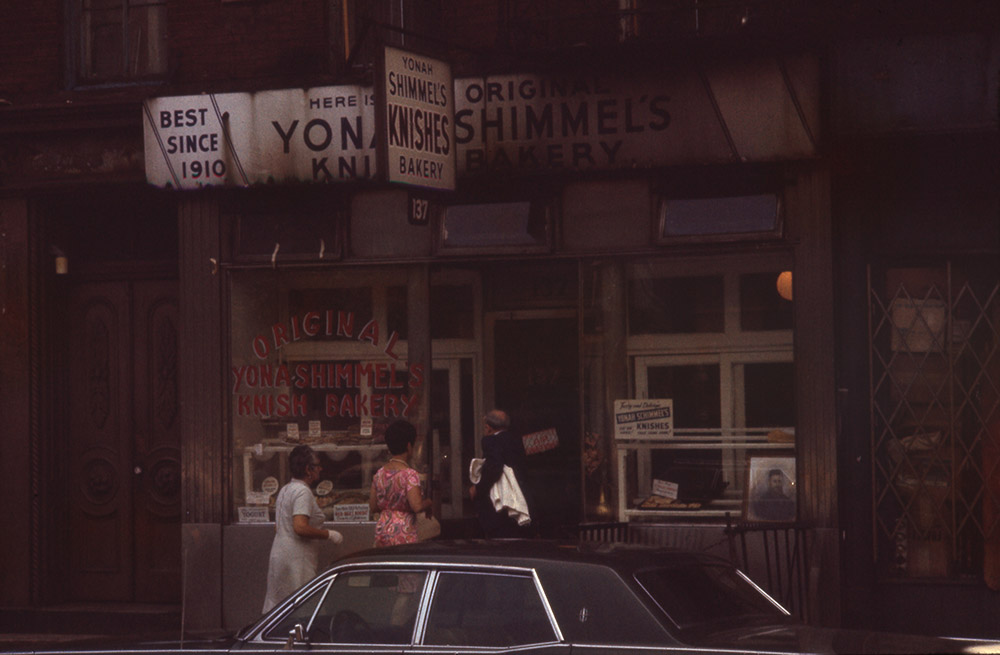
Wanting to see the ‘Apollo’ Theatre (the host of notable performances in the development of African-American music in New York) I took the ‘A’ train up to Harlem. It was soon to host Gladys Knight, while, on the other side of the road, a sale of small African-influenced sculptures was set out on the pavement.

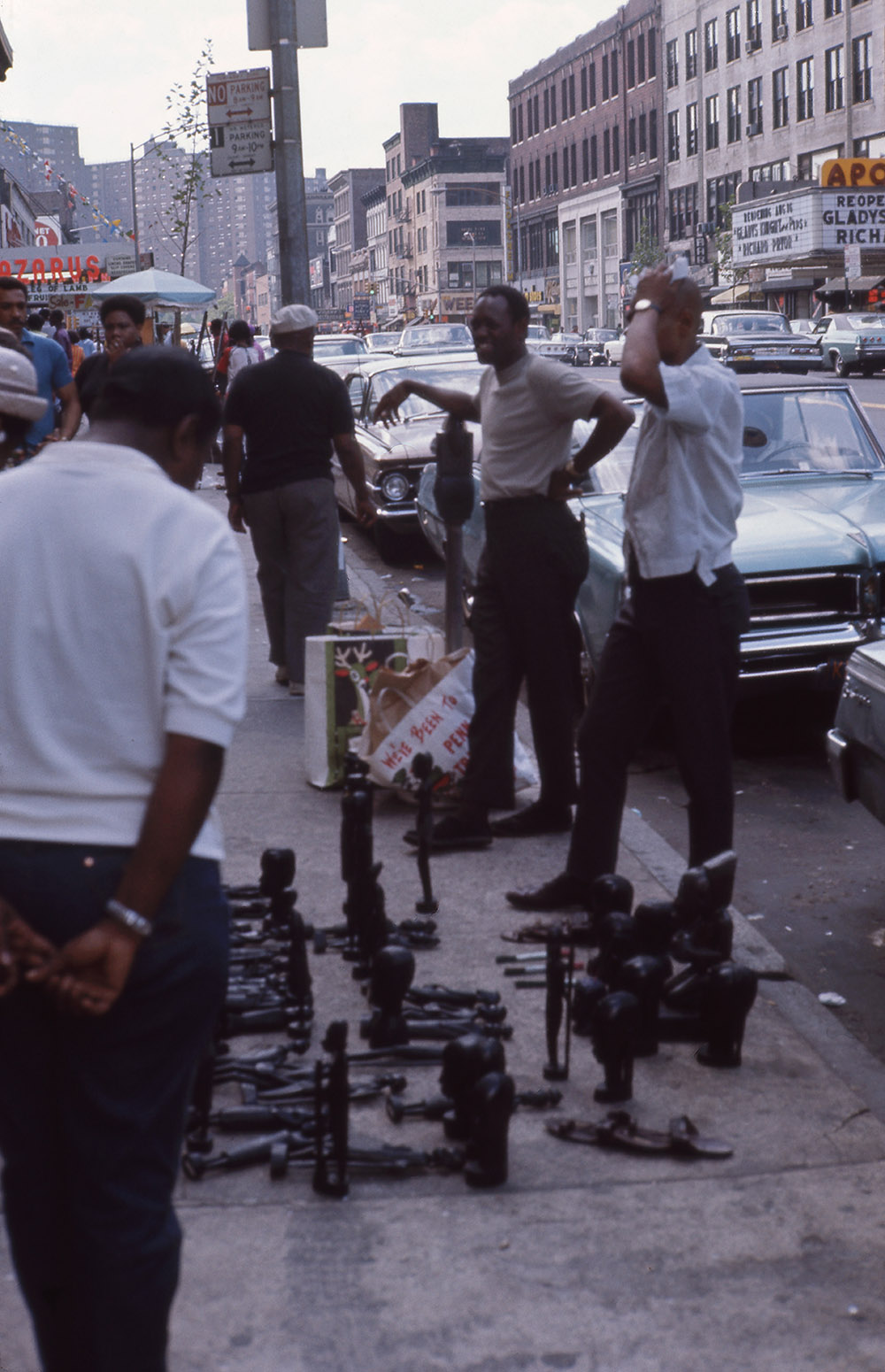
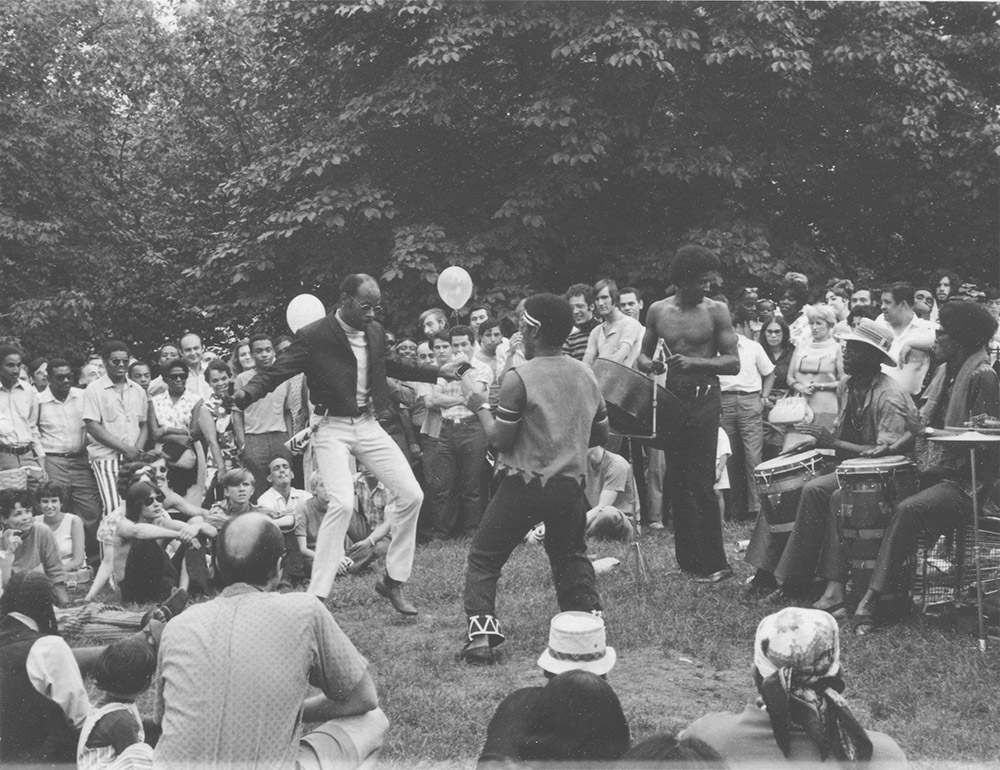
Apart from Central Park, where Sundays were an occasion for dancing and music-making, there were few open spaces for shade and relaxation. Washington Square in Greenwich Village was one such:

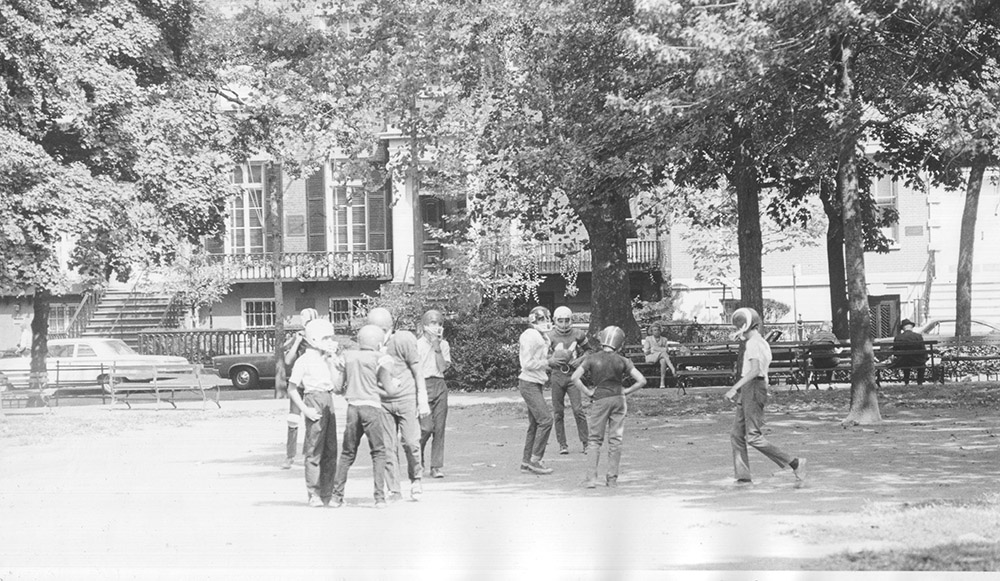
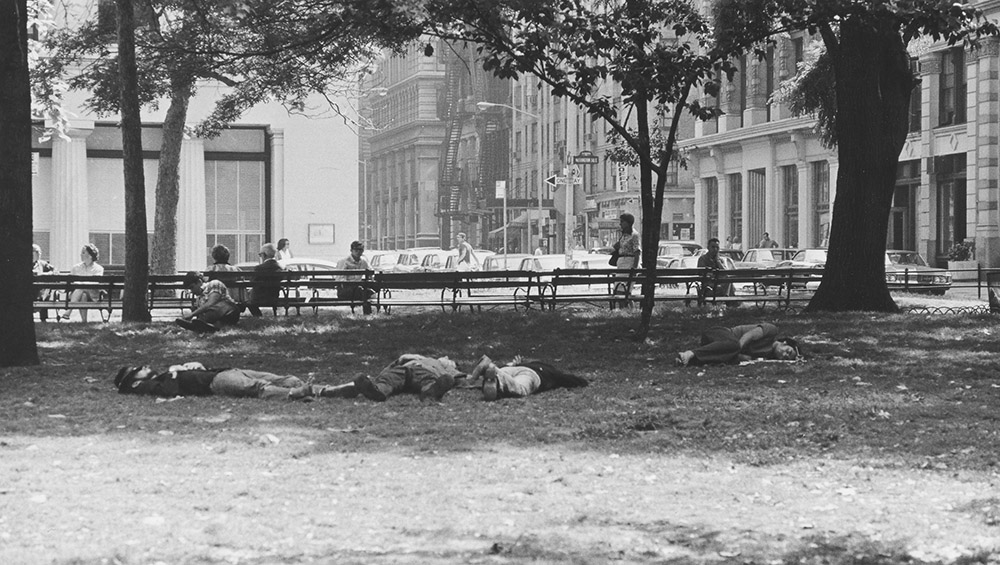
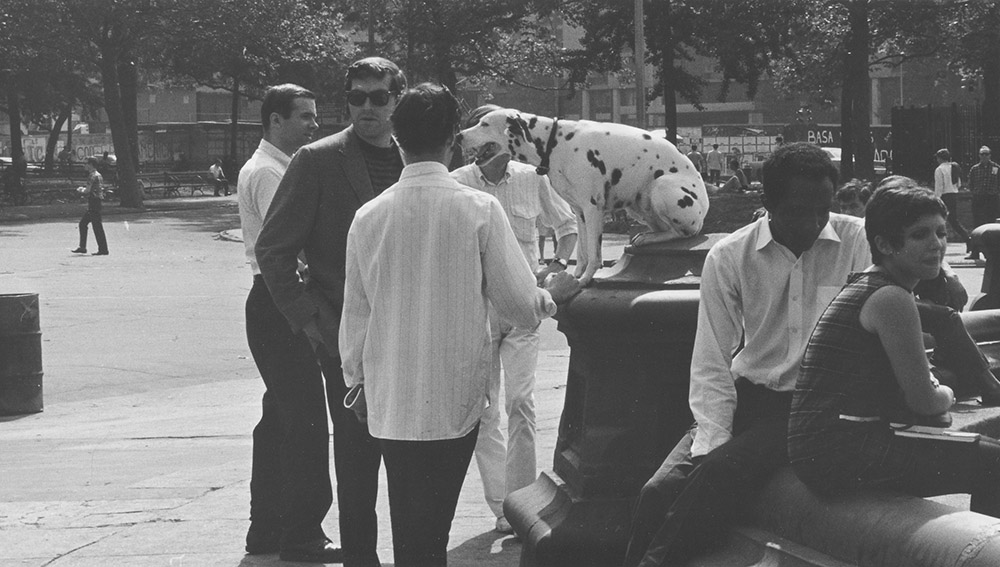

Not far away was the ‘Champagne Gallery’, and nearby the famous ‘Village Gate’ jazz club rubbed shoulders with Warhol on Bleeker St, together with a pressing ‘string adjustment’.

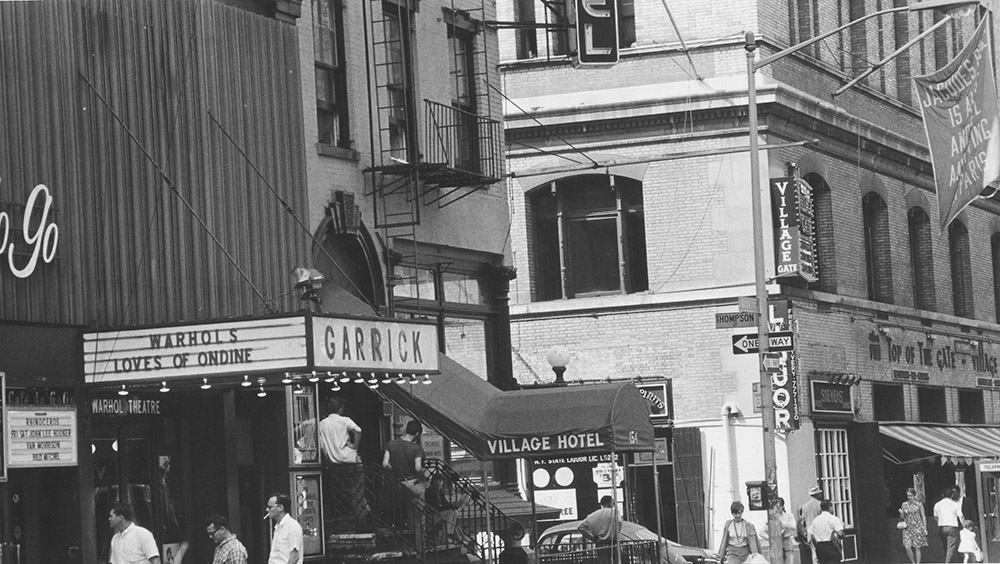
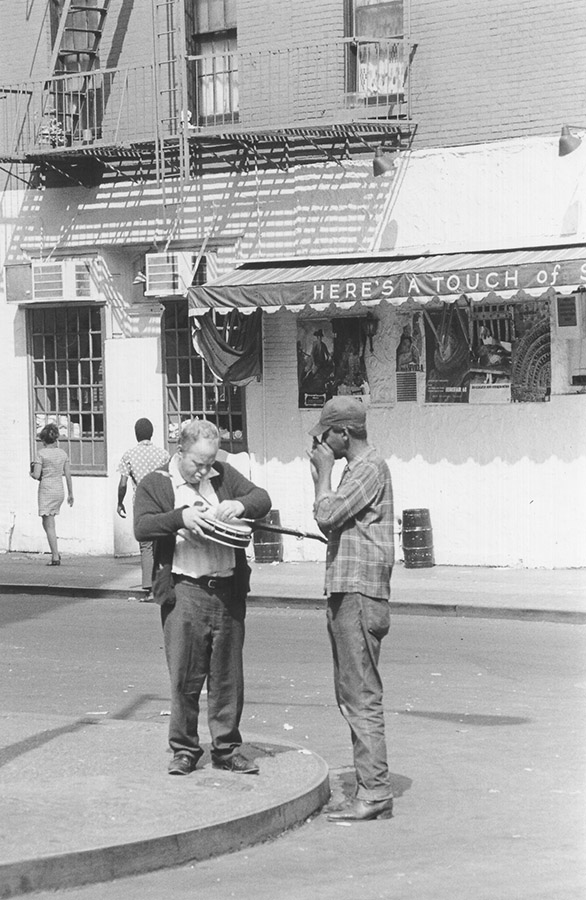
As a 24-hour city Manhattan’s avenues and side-walks and avenues were ceaselessly active.
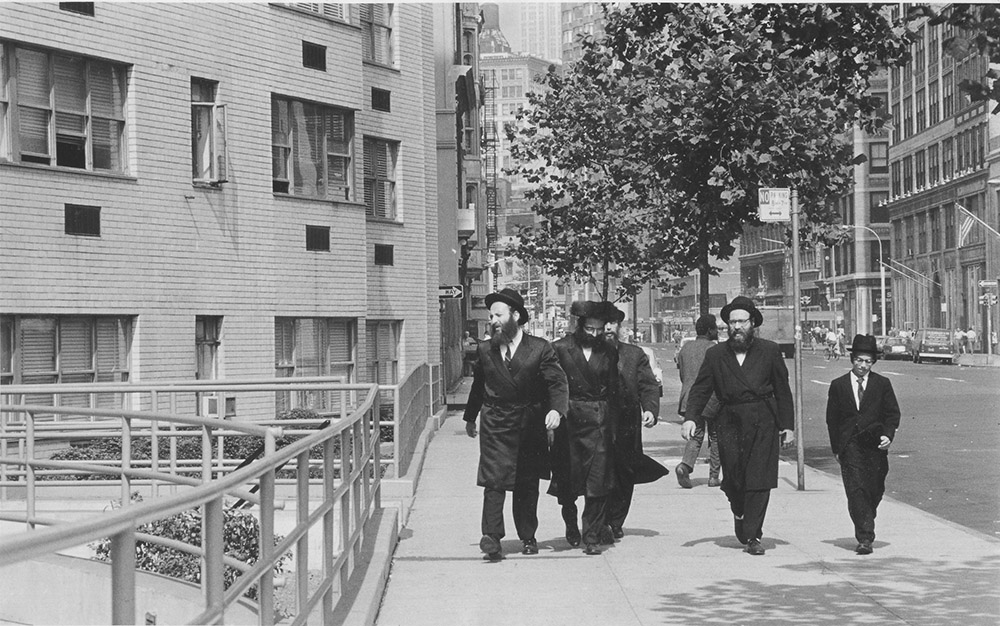
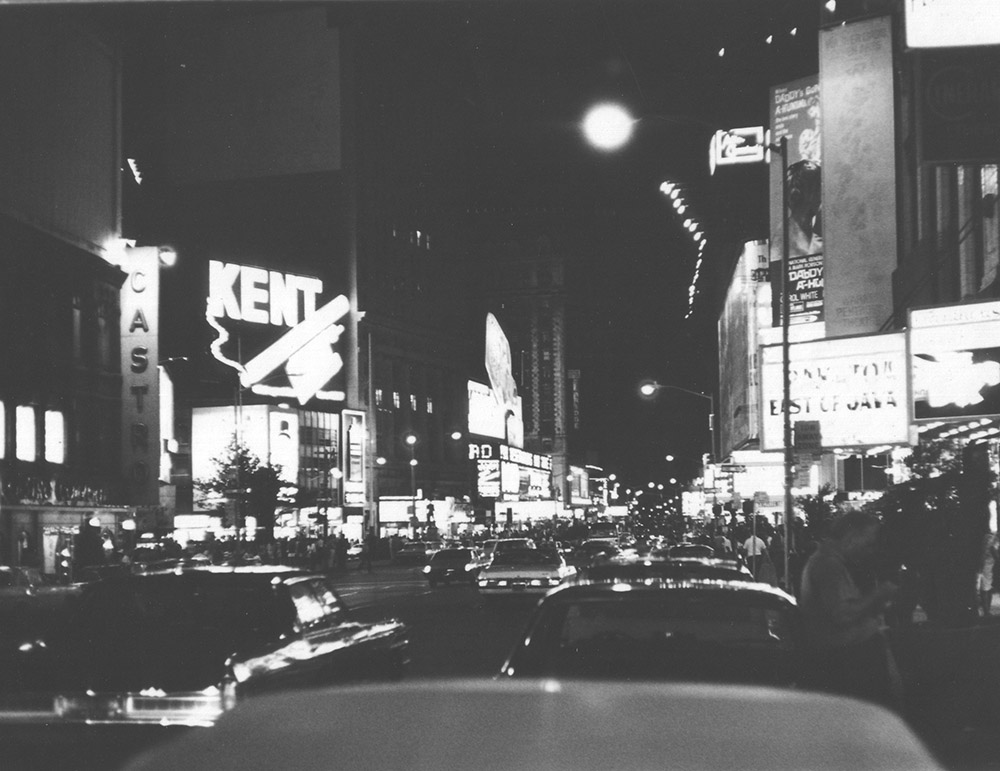
But Independence Day closed 5th Ave to all but the celebratory procession.
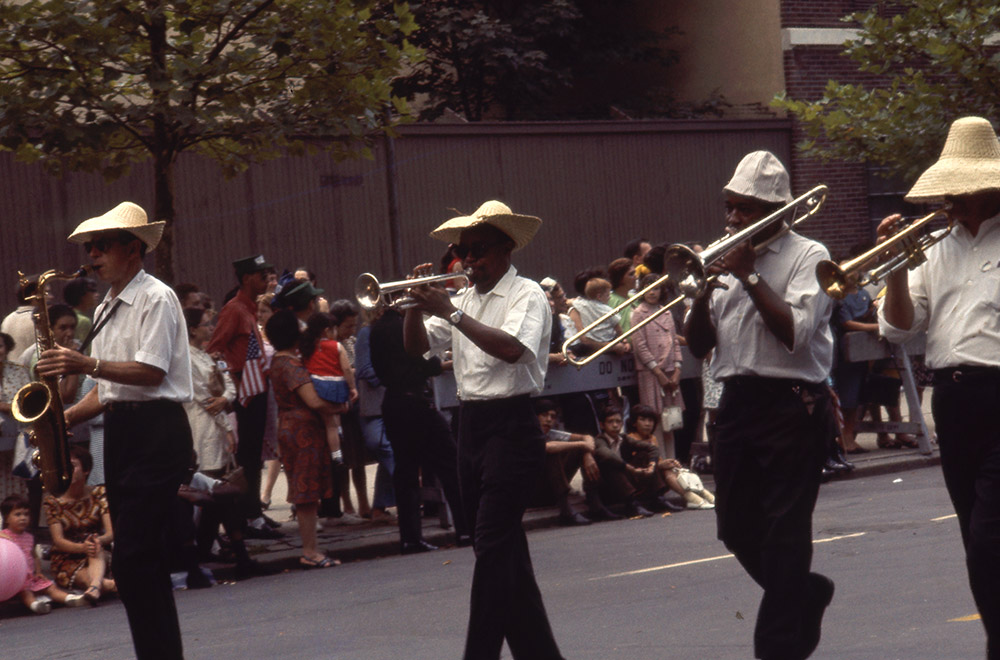
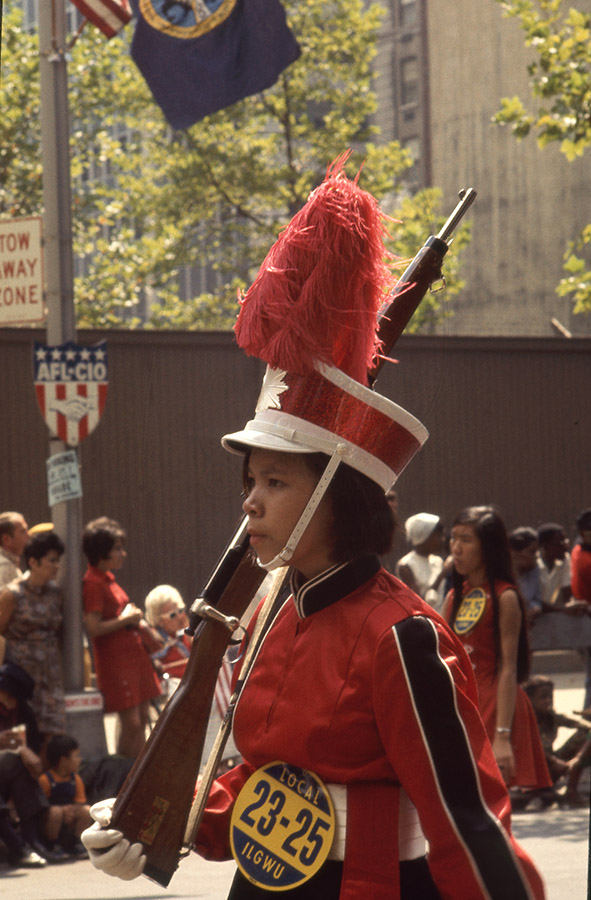


Apart from hearing some wonderful music across many venues (not least by the Thad Jones and Mel Lewis Big Band at the Village Vanguard) I was lucky enough to catch a series of outdoor evening concerts on a pier. As a token memory of these gigs here is the wonderful bass player Richard Davis (still flourishing in his 90’s) in a contemplative moment, together with a hoarding promising Monk to come…
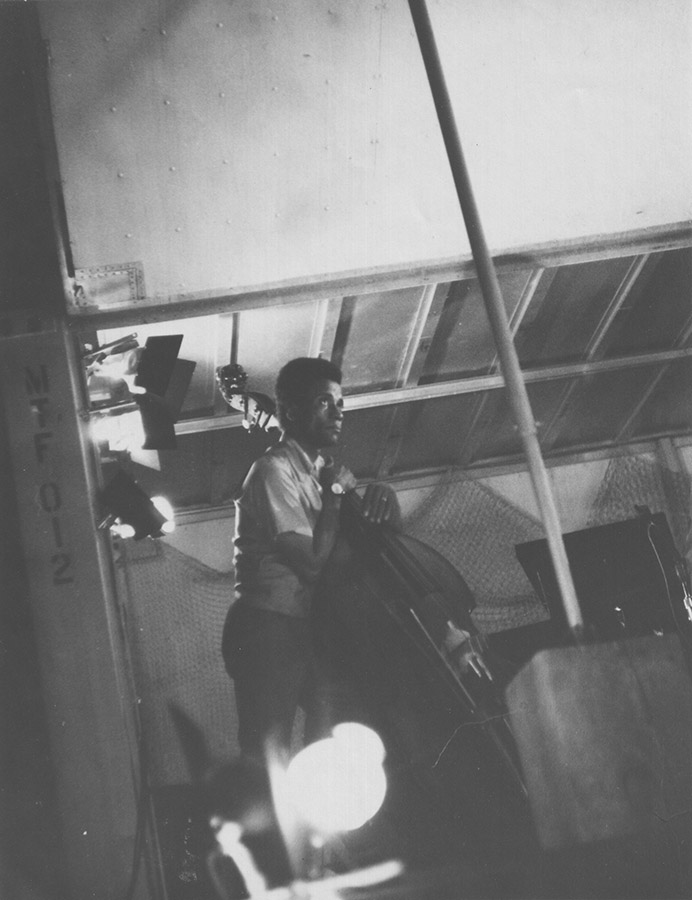
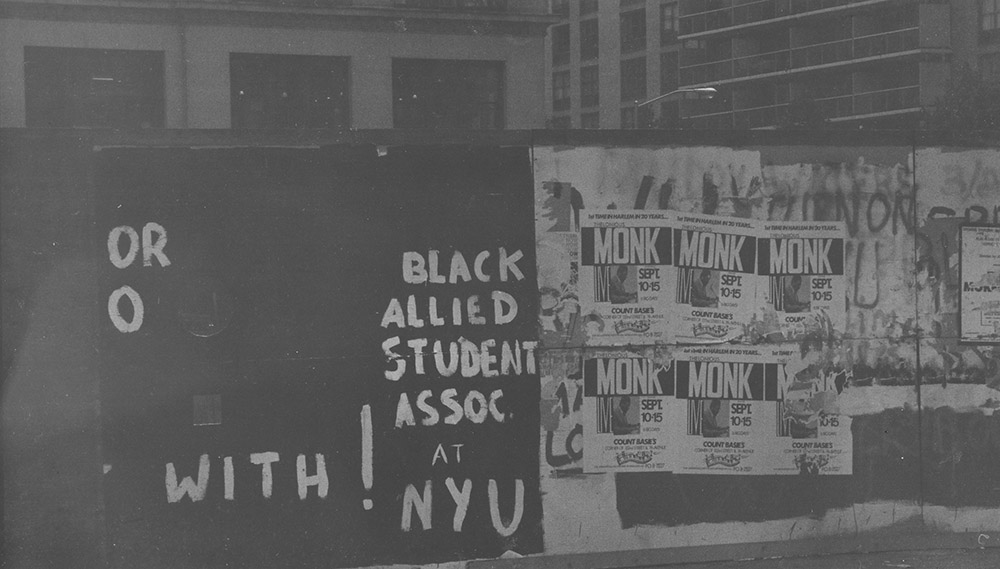
Michael Phillipson LG, 2023
michaelphillipson-arts.co.uk
1. ‘The contemporary face of Yonah’s Knish Bakery can be seen on its website!
